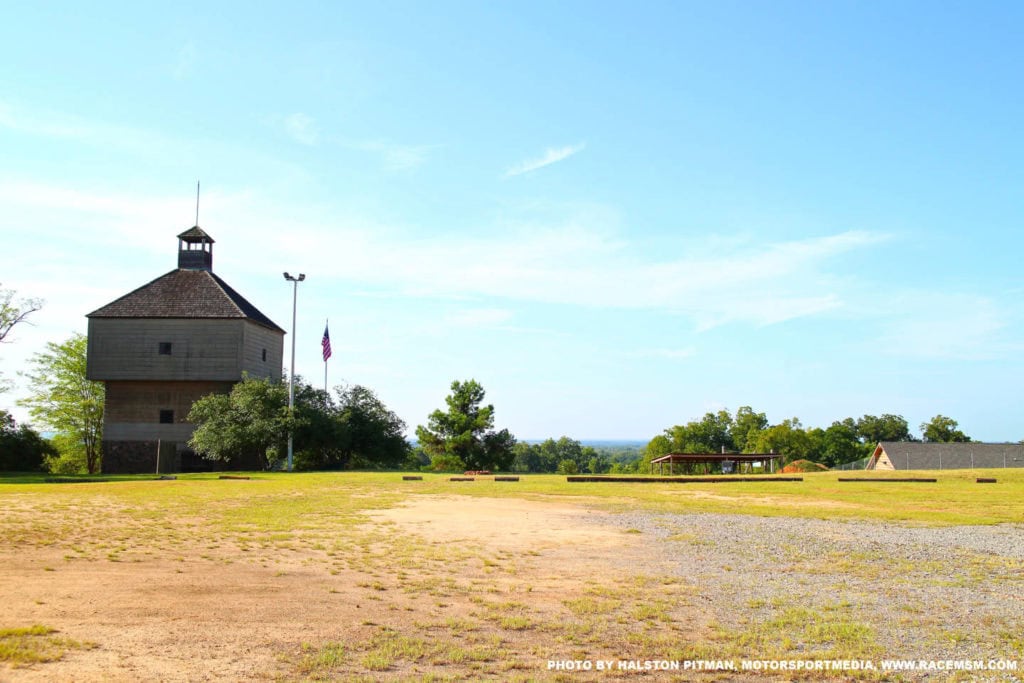The Federal Road/Lower Creek Trading Path

The Story
The Federal Road in Georgia developed from the established Lower Creek Trading Path, a trading path between Lower Creek Nation and Upper Creek Nation towns. Following the Louisiana Purchase in 1803, President Thomas Jefferson and his Indian Agent to the Creeks, Benjamin Hawkins, negotiated official use of the trail as a Federal Road and it became a conduit for white settlement in southwest Georgia, Alabama, Mississippi and Louisiana. In 1811, President Madison ordered the widening of the road into a well-marked thoroughfare capable of supporting U.S. troop movements. The completion of the road and the increase in white settlement was a major factor leading to the Creek War (1813-1814) between the Lower Creek Nation, which adopted the Euro-American agricultural lifestyle, and the Upper Creek Nation, which held to native traditions. Today, known portions of the Federal Road serve as roadbeds of several modern highways that utilize the same established route through Georgia.
The Threat
In recent years, archaeologists and historians in Alabama have made a concerted effort to document and preserve the history of the Federal Road in that state. There has been no similarly well-coordinated effort in Georgia. Remaining traces of the Federal Road, particularly where it is unmapped, are susceptible to loss through development, agriculture and modern road and bridge construction. The Places in Peril program helps build greater awareness of this highly significant early transportation corridor.
Disclaimer: The Georgia Trust does not own nor has any direct involvement with this historic site. The Trust’s involvement is limited to listing it on our Places in Peril list to bring awareness to it.